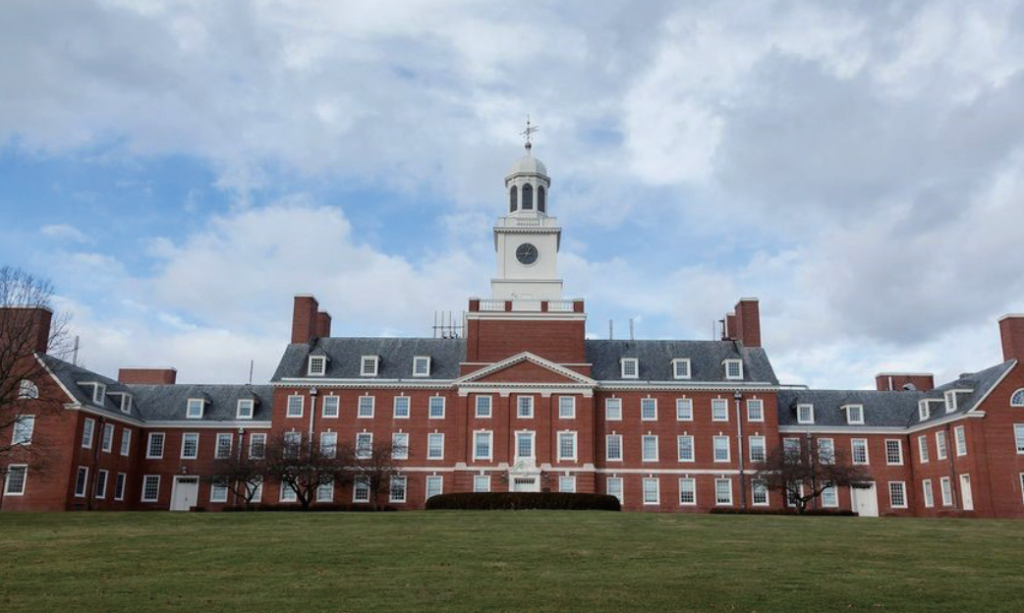
Sustainable Cooling and Heating Powered by BROAD Absorption Chillers
Background: A Legacy of Education and Innovation
Rutgers University, The State University of New Jersey, is one of the oldest and most prestigious public research universities in the United States. Established in 1766, Rutgers is the eighth-oldest higher education institution in the country and the largest in New Jersey, with campuses in New Brunswick, Newark, and Camden. Today, it serves more than 65,000 students with 9,000 faculty members across 175 academic departments.
As the university continues to expand, efficient and sustainable energy solutions have become essential to support its growing facilities and student housing complexes.

System Introduction: Busch Cogeneration Plant
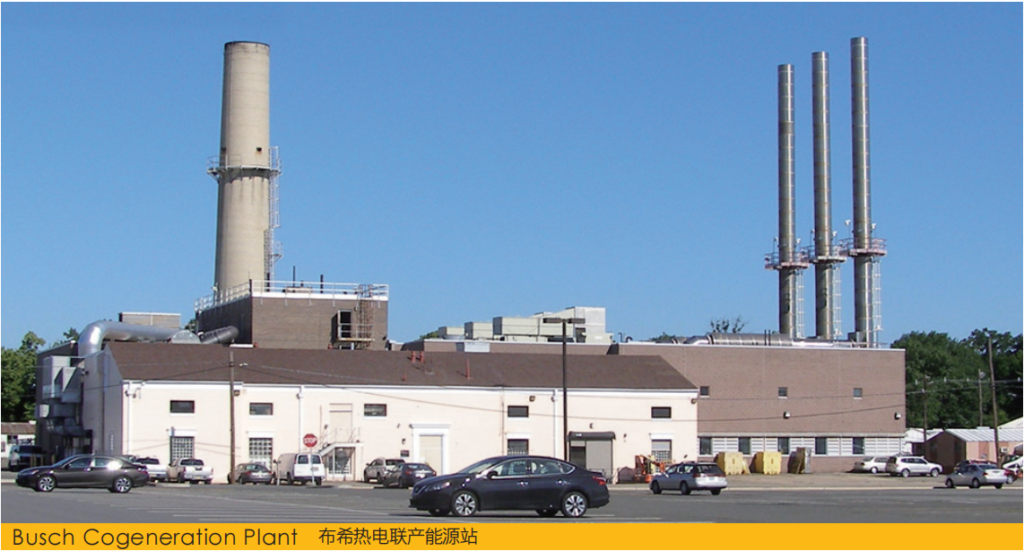
Since 1950, Rutgers has relied on district heating to meet its energy demands. To enhance efficiency and reduce costs, the university established the 13MW Busch Cogeneration Plant in 1995. This facility generates power and high-temperature hot water, which is distributed to multiple campuses, including Busch and Livingston.
Key Highlights:
- 3 Gas turbines with heat recovery producing 14 MW electricity and 75 MMBtu/hr heat.
- Additional burners provide up to 150 MMBtu/hr total thermal output.
- Closed-loop high-temperature water system (370°F / 150 psi).
- Annual savings: $3.4 million (2015) from in-house power generation.
To further enhance energy efficiency, Rutgers replaced its absorption chillers in various student housing facilities between 2012 and 2020.
Phase I: Livingston Apartments
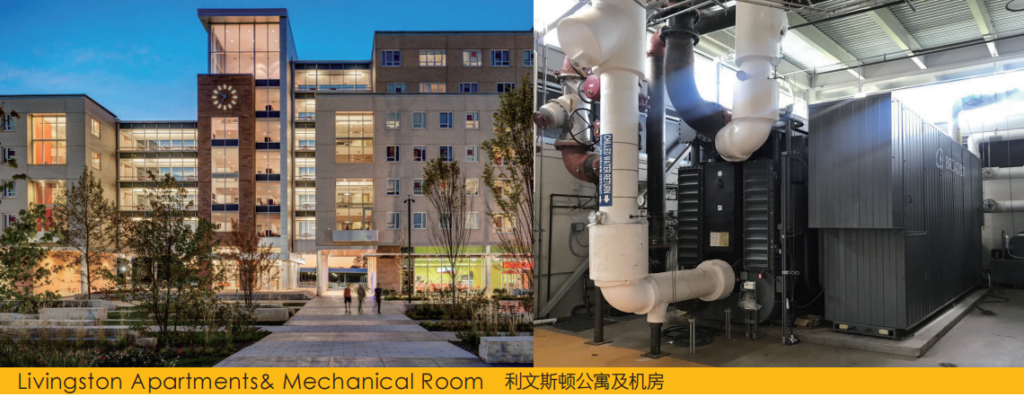
Opened in 2012, Livingston Apartments are one of Rutgers’ newest on-campus living spaces, accommodating 1,600 students. To meet cooling needs efficiently, Rutgers installed a 950-ton BROAD two-stage hot water absorption chiller, powered by hot water (350°F) from the central plant.
- Cooling Capacity: 950 RT
- Energy Savings: Equivalent to 570 kW less electricity use compared to conventional electric chillers.
This system not only reduces operational costs but also ensures reliable comfort cooling for students.
Phase II: Nichols Apartments
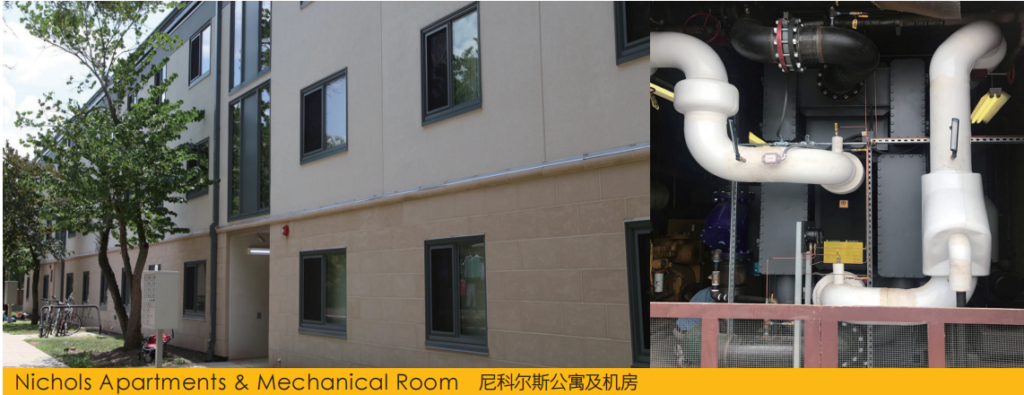
Nichols Apartments, built in 1975, provide housing for up to 188 students and families. In 2017, Rutgers upgraded the facility with a 450-ton BROAD hot water absorption chiller.
- Cooling Capacity: 450 RT
- Benefit: Replaces outdated systems, lowering operating costs and CO₂ emissions.
- Hot Water Source: Central heating plant (210°F).
Phase III: Marvin Apartments
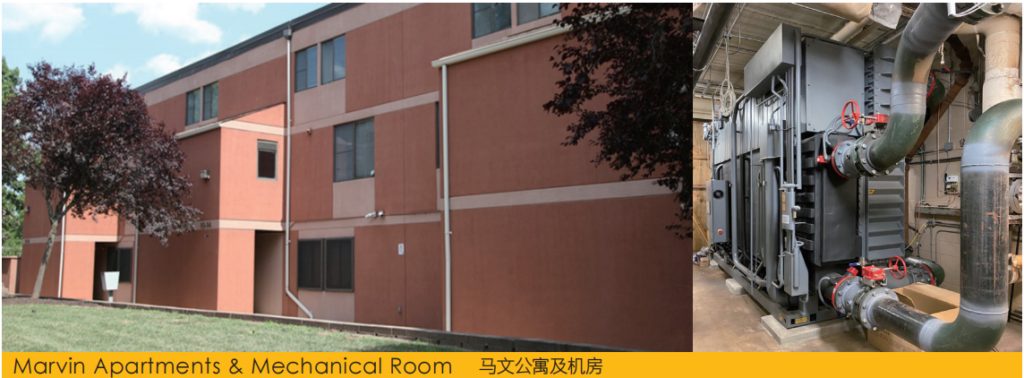
Marvin Apartments, built in 1973, are home to up to 130 students and families. As a returning customer, Rutgers trusted BROAD again in 2019, installing a 415-ton BROAD hot water absorption chiller to provide full-building cooling.
- Cooling Capacity: 415 RT
- Key Advantage: Sustainable and reliable comfort cooling for the entire complex.
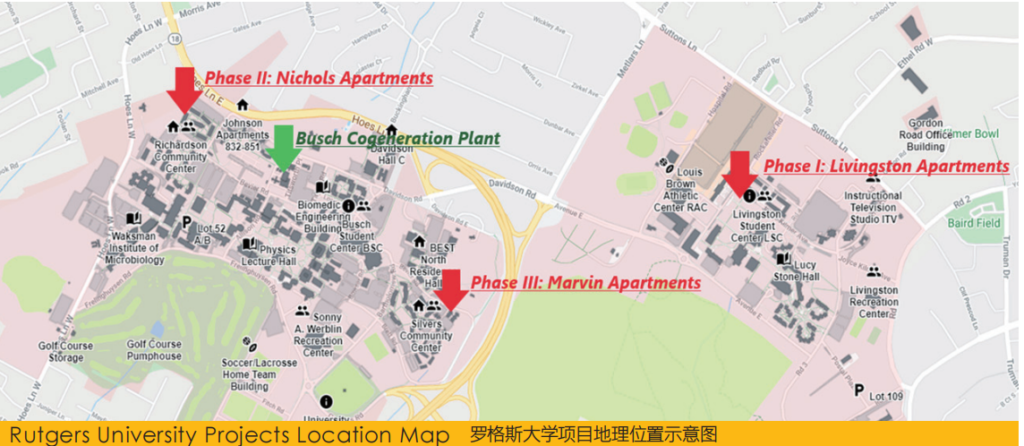
Why Rutgers Chose BROAD
Rutgers University repeatedly selected BROAD absorption chillers due to:
- High energy efficiency and reduced electricity demand.
- Environmentally friendly solutions that cut CO₂ emissions.
- Proven performance in long-term operations.
- Premium after-sales service ensuring system reliability.
BROAD Indonesia: Enabling Sustainable Energy in Universities and Campuses
The Rutgers University case highlights how BROAD hot water driven absorption chillers transform campus energy systems. By utilizing waste heat and district energy, universities can achieve:
- Lower operating costs.
- Reduced dependence on the electrical grid.
- A significant step toward carbon neutrality.
At BROAD Indonesia, we are committed to bringing the same green, efficient, and reliable cooling solutions to universities, hospitals, commercial complexes, and industrial parks across Indonesia.
